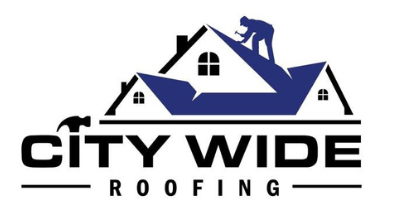The complex task of re-roofing a building demands not only a detailed understanding of construction techniques, but also a thoughtful consideration of the materials to be used.
The choice of roofing materials is often a finely balanced decision, where factors such as cost, durability, aesthetics, and environmental impact all vie for priority. However, it is also a choice that can have far-reaching implications for the performance and lifespan of the roof, the building’s energy efficiency, and even its resale value.
Therefore, selecting the right materials for a re-roofing project is not a task to be taken lightly. Over the course of this discussion, we will explore the various aspects that should guide this essential decision-making process, and how to weigh the pros and cons of different materials in the context of specific project requirements.
Evaluating Different Roofing Materials
In order to select the most suitable roofing material for your project, it is essential to comprehensively evaluate the various options, taking into account factors such as durability, aesthetics, cost, and environmental impact.
Asphalt shingles, for instance, provide a balance between cost-effectiveness and durability, making them a popular choice.
Metal roofing, while more expensive, offers superior longevity and is highly resistant to extreme weather conditions.
Slate and tile roofs, though costly, add a touch of elegance and sophistication, potentially increasing property value.
Furthermore, sustainable materials like solar tiles and green roofs not only minimize environmental footprints but can also offer energy savings.
Ultimately, the choice hinges on a careful consideration of one’s specific needs, budget, and long-term objectives.
Factors Influencing Material Selection
Often, the selection of roofing materials is influenced by a multitude of factors.
These factors include the architectural style of the property, regional climate conditions, local building codes, and individual budget constraints.
The architectural style dictates the aesthetic compatibility of materials, ensuring that the roof complements the overall design.
Climate conditions play a pivotal role in determining the durability and functionality of roofing materials. For example, areas prone to high winds or heavy snowfall might necessitate robust materials like metal or slate.
Local building codes often stipulate specific standards to maintain safety and uniformity within the community.
Lastly, individual budgets can significantly affect the selection, balancing the need for cost-effectiveness with quality and longevity.
Each factor is integral to the decision-making process, warranting careful consideration.


